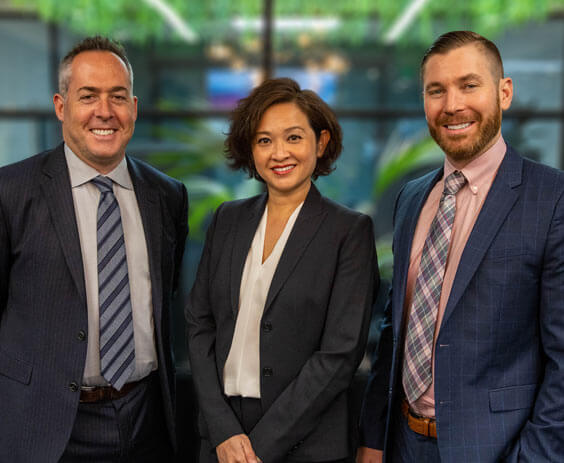You might think, “If someone hit my car, isn’t that enough?” Sometimes it is. But not always.
Let’s say two cars collide at an intersection. One driver ran a red light. The other was speeding. Who’s to blame? Or maybe a car hits a pothole, loses control, and crashes into another. Is it the driver’s fault, or the city for not fixing the road?
These situations show why causative analysis is so important. It helps answer questions like:
- Who actually caused the crash?
- Were there multiple causes?
- Would the accident still have happened without that specific action?
In court, you have to prove that the other person’s actions were a main reason you were injured. If you can’t make that connection clearly, you may not win your case.
How Causation Analysis Works in California
California follows a rule called comparative fault. That means more than one person can share the blame for an accident. You can still get compensation even if you were partly at fault — but the amount you get might be reduced based on your share of the blame.
Here’s where causation data analysis comes into play.
Lawyers, insurance companies, and sometimes accident professionals look at all the evidence to figure out what happened. This can include:
- Police reports
- Witness statements
- Traffic camera footage
- Vehicle damage
- Road conditions
- Medical records
- Cell phone data
- Dashcam or surveillance video
They go through the details step by step to understand what caused the crash and how each person’s actions played a role. This is the heart of causation analysis.
Real-Life Example of Causation in Action
Imagine you’re rear-ended while waiting at a stoplight. Seems simple, right? The other driver should be at fault.
But what if their brakes failed? And what if that happened because their mechanic installed a part incorrectly? Suddenly, the situation is more complicated. The mechanic or the part manufacturer might become part of the case. That’s what causative analysis helps uncover — who played a part in causing the crash and how.
In some cases, causation data analysis might even show that someone you didn’t expect is at fault — like a construction company that left debris in the road or a city that didn’t replace a missing stop sign.
Common Factors That Come Up in Causation Analysis
When doing causation analysis, there are some common things that get looked at again and again. Here are a few:
- Speeding – Was someone going too fast for the conditions?
- Distraction – Was a driver texting or not paying attention?
- Impairment – Was alcohol or drug use a factor?
- Weather and road conditions – Could the accident have been avoided in better weather?
- Mechanical issues – Were the brakes, tires, or lights working properly?
- Driver fatigue – Was someone too tired to be driving safely?
Each of these factors can play a role, and sometimes more than one is involved. The goal of causation analysis is to understand how those pieces fit together.
How Long Does It Take?
There’s no set time for how long causation analysis takes. In simple cases, like a clear rear-end crash with witnesses, it might take only a few days or weeks. But for more complex accidents — with multiple cars, unclear fault, or serious injuries — it can take months.
Insurance companies often do their own version of this behind the scenes. They want to pay as little as possible, so they look closely at what caused the crash and how much they think they’re responsible for.
That’s why it’s important to have someone on your side who can do an independent causation analysis and make sure all the facts are considered.
Do You Always Need an Expert?
Not every car accident case needs a professional accident reconstruction expert. But in more serious or disputed cases, hiring someone who knows how to study the crash scene, damage, and timing can be helpful.
They use causation data analysis techniques to build a clearer picture of what happened. This can include things like measuring skid marks, analyzing crash angles, and using computer models to recreate the accident.
Again, this doesn’t mean you need a scientist on your case. But if you’re dealing with a stubborn insurance company or unclear facts, expert insight can help.
What Should You Do If You’re Involved in a Car Accident?
If you’re in a crash, there are a few simple steps you can take that will help with any future causation analysis if a case is needed:
- Take pictures – Of the scene, the cars, the damage, and any injuries.
- Get witness info – Names and contact details of anyone who saw what happened.
- Write down what you remember – While it’s still fresh.
- Get medical attention – Even for small injuries, get checked out.
- Report the accident – Call the police and file a report.
These small actions can make a big difference later when trying to figure out what caused the accident.
Injured in a Car Accident? Let Us Help You Understand Your Case
At Kohan & Bablove Injury Attorneys, we understand how confusing it can be to deal with the aftermath of a crash, especially when the cause isn’t clear. Our team handles car accident cases across California and knows how to break down even the most complex causation analysis to fight for what you deserve. Call us today at (949) 287-8248 for a free consultation.


